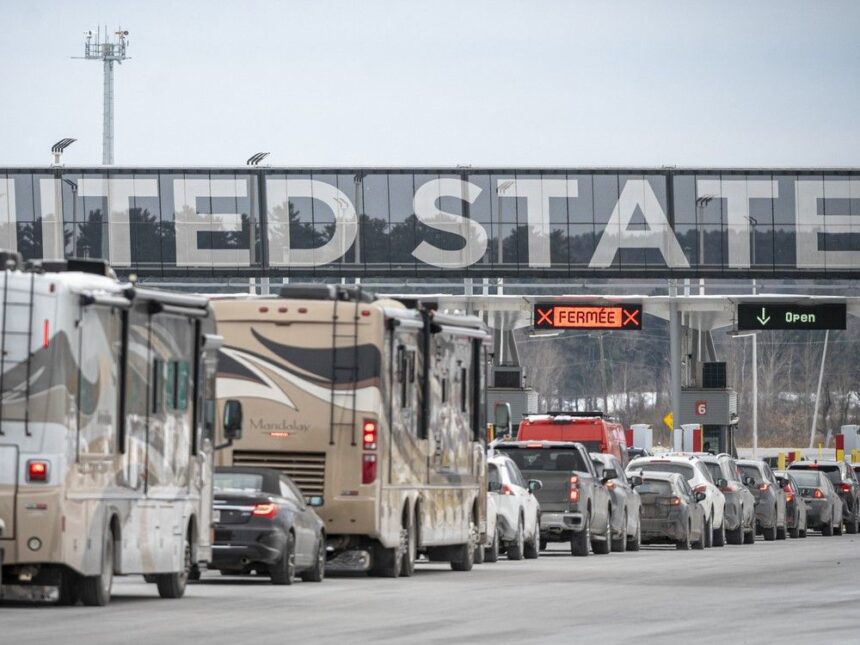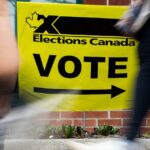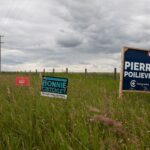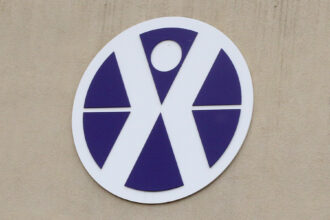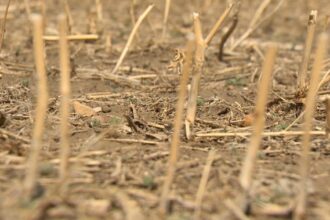In an unprecedented shift in border security protocols, U.S. Customs and Border Protection (CBP) has quietly implemented a new vehicle photography system at key Canada-U.S. border crossings, capturing images of every vehicle departing American soil. The initiative, which began rolling out in recent weeks, marks a significant expansion of surveillance measures along the world’s longest undefended border.
Sources familiar with the program confirm that cameras now automatically photograph vehicles as they exit the United States into Canada, documenting license plates, vehicle occupants, and timestamps. Unlike the long-established practice of photographing vehicles entering the U.S., this departure documentation represents a substantial change in cross-border monitoring.
“The new outbound photography system completes what security officials call ‘a 360-degree view’ of border movements,” explained Dr. Emily Richardson, border security analyst at the University of Toronto. “While Americans have grown accustomed to scrutiny when entering their country, this reverses the lens to track who’s leaving and when.”
The implementation has proceeded with minimal public announcement, raising concerns among privacy advocates and cross-border communities. At major crossing points including Detroit-Windsor, Buffalo-Fort Erie, and Blaine-Surrey, the new camera systems have been installed with little fanfare despite their significant implications for the estimated 400,000 people who cross the border daily.
Border officials defend the measure as essential for national security. “This creates a comprehensive record of cross-border movement that aids in identifying patterns, preventing smuggling operations, and locating individuals who may pose security risks,” stated a CBP spokesperson when reached for comment.
The Canadian Border Services Agency (CBSA) has confirmed awareness of the American initiative but emphasized that Canada maintains its own distinct border monitoring protocols. “While we work closely with our American counterparts on security matters, each nation determines its specific approach to border management,” noted a CBSA representative.
For frequent border crossers, particularly those in Canada’s border communities, the change represents another layer in an increasingly complex crossing process. The evolution from the relatively open border of decades past to today’s heavily monitored boundary reflects broader security trends following 9/11 and subsequent terrorist threats.
Legal experts point out that while photographing individuals in public spaces is generally permitted, the systematic collection and potential retention of these images raises significant questions about data storage, sharing, and purpose limitations. The American Civil Liberties Union has already expressed concerns about potential privacy implications and data retention practices.
“The key issue isn’t necessarily the photography itself, but what happens to those images afterward,” noted privacy attorney Michael Karanicolas. “Without clear limitations on data retention and usage, these images could potentially be incorporated into facial recognition databases or shared with other agencies for purposes beyond border security.”
For the millions of Canadians who regularly visit the United States for tourism, business, or family connections, this development represents another evolution in the relationship between the neighboring countries. While world news often focuses on more volatile borders, the changes along the Canada-U.S. boundary reflect a quiet but significant transformation in how even the closest allies monitor movement between their territories.
As implementation continues across additional border crossings, travelers should expect the practice to become standard at all major ports of entry. Business travelers and tourists alike will need to adjust to this new reality of departure documentation.
The fundamental question that remains unanswered is whether this increased surveillance will meaningfully enhance security or simply create massive data repositories with limited practical value. As our borders become increasingly digitized and monitored, at what point does the balance between security and privacy tip too far in one direction?

